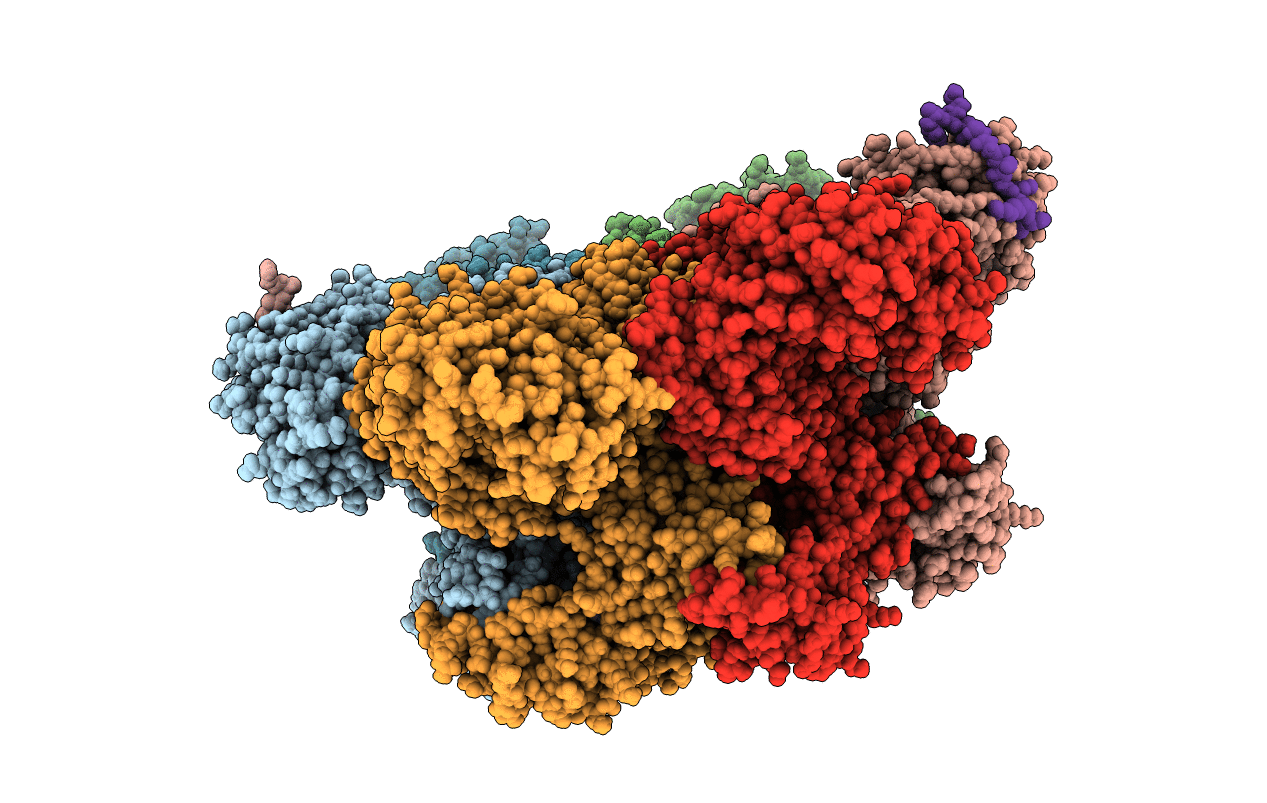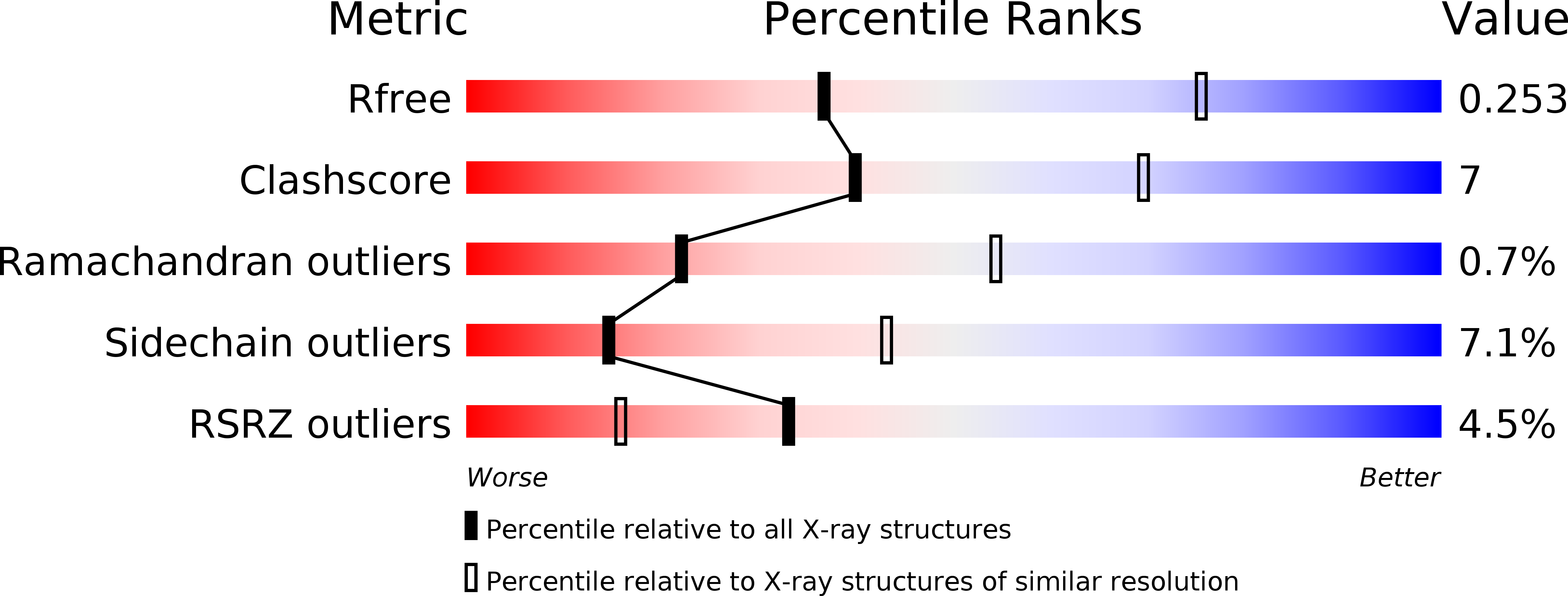
Deposition Date
2015-06-13
Release Date
2016-01-13
Last Version Date
2024-01-10
Method Details:
Experimental Method:
Resolution:
3.08 Å
R-Value Free:
0.24
R-Value Work:
0.19
R-Value Observed:
0.19
Space Group:
P 21 21 21


